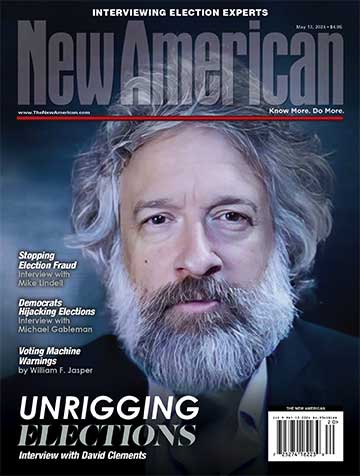
ADP’s National Employment Report was a massive miss. Most private economists were expecting job growth in July to approach two million, as the economy continues to recover from the COVID shutdown. Instead, ADP reported just 167,000 new jobs were created in July.
The miss, however, is likely to be offset when the Department of Labor reports on Friday, with expectations that it will show July job growth more in line with expectations of about two million.
ADP’s miss was also softened by its revision upward of June’s jobs numbers, from the 2.4 million new jobs it reported last month to 4.3 million as more accurate data became available.
Its miss is also counterbalanced by the report released on Wednesday from the Institute of Supply Management (ISM), which said that the service side of the U.S. economy (which accounts for nearly 80 percent of the economy) continues to do well. Its index of nonmanufacturing (service) companies moved to 58.1, up from 57.1 in June. Any number above 50 reflects a growing economy.
The fact that most economists were expecting a number closer to 55 indicates the robust nature of the recovery following the shutdown. In addition, June’s number is the highest reported by the ISM since November of 2018.
Richard Clarida, the No. 2 man at the Federal Reserve, is unfazed by the disappointing report from ADP. He told CNBC: “I do think economic activity began to pick up in May and June, and my personal forecast is that [it] will continue into the second half of the year.” He admitted that the recent increase in COVID infections has made the outlook more difficult in the short run, but in the long run “my baseline view for the outlook [has] not really changed.”
Wall Street looked past ADP’s jobs report and instead focused on earnings, which continue to exceed forecasters’ expectations, and the report from the ISM. The Nasdaq has completely recovered all the ground it lost with the advent of the virus in March and is now showing a gain of more than 22 percent for the year, while the other major averages are closing in on where they were before the virus hit.
As Wall Street tends to be a forward-looking mechanism, that’s perhaps the best news of all.
Image: Warchi/iStock/Getty Images Plus
An Ivy League graduate and former investment advisor, Bob is a regular contributor to The New American, writing primarily on economics and politics. He can be reached at [email protected].



